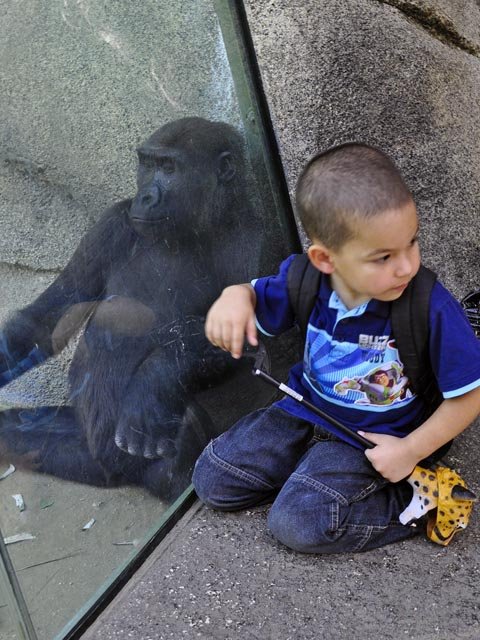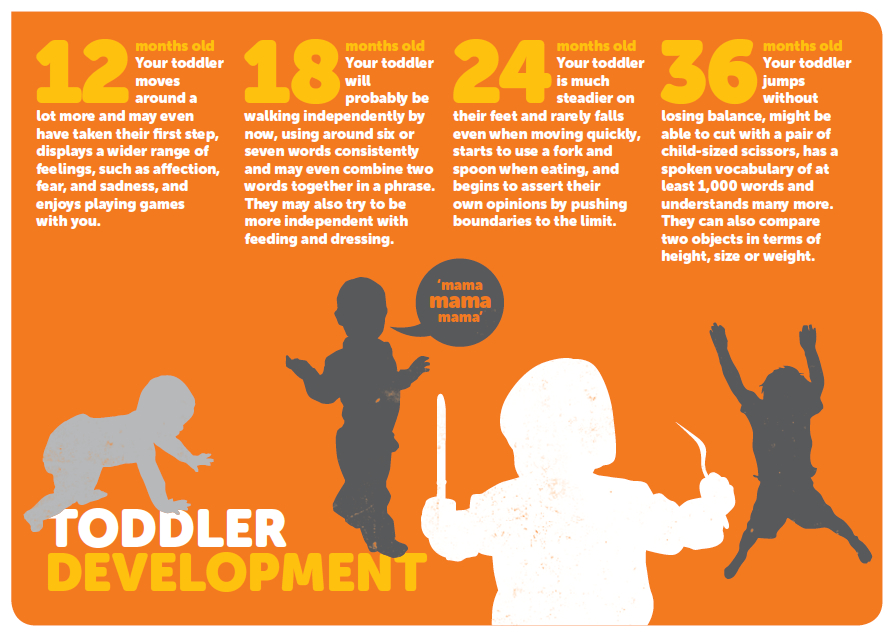Your Toddler Already Knows Grammar Better than a Chimp
A toddler has a lot of information to take in, making toddler language development complex. Information comes at them quickly and constantly like new vocabulary words, longer sentences and questions. Often times we think they are just imitating songs or phrases they’ve heard but as it turns out, toddlers at the age of two are understanding basic grammar rules, which is more than famed Chimpanzee, Nim Chimpanszy could do. This is according to a new study from researchers out of the University of Pennsylvania whose research continues to contribute to the field of language acquisition, ultimately helping to improve the evidence based practices and assessment of speech therapy clients.
Project Nim is one of the most famous animal language-acquisition studies using chimpanzees. Chimpanzees have long been used to study language acquisition, perhaps due to their observed abilities to receive information and produce and apply consistent, grammatical modes of communication. During Project Nim, a chimp was taught over several years to use sign language to communicate. He did not, however, ever learn to grasp the grammatical rules of the language.
Charles Yang at the University of Pennsylvania compared his study using human toddlers to the results of Project Nim. In his study, Yang focused on “articles,” words like “a” and “the,” and whether children both understood and used them in their speech. Toddlers are often challenging to study because young children cannot always express as much as they understand, therefore its hard to gauge what they truly know. Yang wanted to know if, when children used them, they were simply repeating a sentence they had heard before or were using the rules and understanding of grammar to create it. Yang used what is commonly known about these articles in English, including their frequency and the type of sentences they are used in, and a bit of statistics.
Yang found “…strong statistical evidence in favor of the idea that children actually know a lot about abstract grammar from an early age.” When running a comparison between the toddler’s language and the chimps, Yang saw that the chimp’s language demonstrated more phrases consistent with having memorized the words rather than using a sophisticated system of grammar. Their vocabulary was significantly lower in diversity.
These results highlight the truly unique nature of language acquisition in humans and the complexity of the grammar that we all use. It also shows how toddler brains form connections and take in new information in order to learn language before they can use it. From a language disorder perspective, it is important to know what skills a toddler is capable of in typical development. This allows clinicians to diagnosis language disorders and pediatricians to recognize potentially delayed language milestones early.




